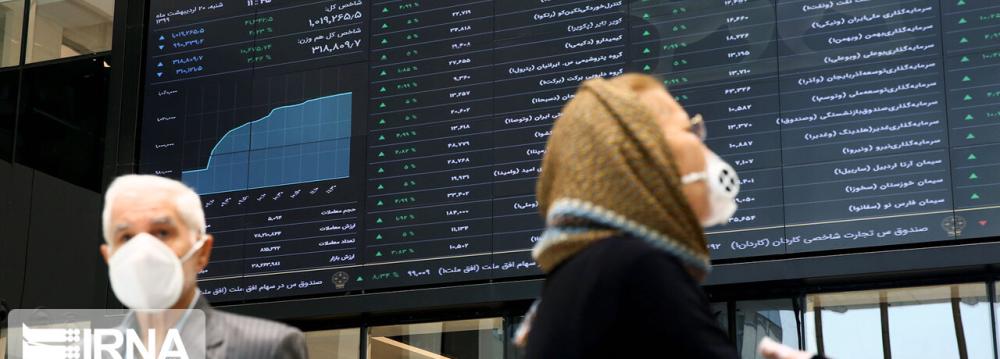Market makers funds accounted for 8% of the total intermediaries operating in the capital market in the last fiscal year (ended March 20) -- up 6% on the year before, a deputy at the Securities and Exchange Organization said.
According to Reza Rouhi, market making companies increased by 38%, rising from 38 to 57 last year, the SEO News Agency reported.
Market making operation gained traction after Iran's equity market took a drubbing under a prolonged sell-off since August 2020.
With shareholders unable to cash their shares as sell-side pressure mounted, the regulator resorted to market makers to help improve the liquidity of shares. Last year, it asked listed companies to designate market markers.
Market makers essentially act as wholesalers by buying and selling securities to balance the market—the prices they set reflect market supply and demand. Market makers help keep the market functioning. If investors want to sell a particular security, they are there to buy. Similarly, if they want to buy a stock, they make it available.
While the operation of market makers is new in Iran’s share market, rules governing their performance were set in past.
Market experts say the capital held by market makers is in the neighborhood of 550 trillion rials ($2 billion), which is enough to maintain a relative balance in the fragile market.
According to Rouhi, the total number of financial institutions operating in the capital market rose 13.8% to 724 in the previous fiscal year.
Market making funds registered the biggest rise in terms of number (50%) among all financial entities in the capital market.
The number of investment funds rose from 271 to 323, indicating 19.8% annual rise.


